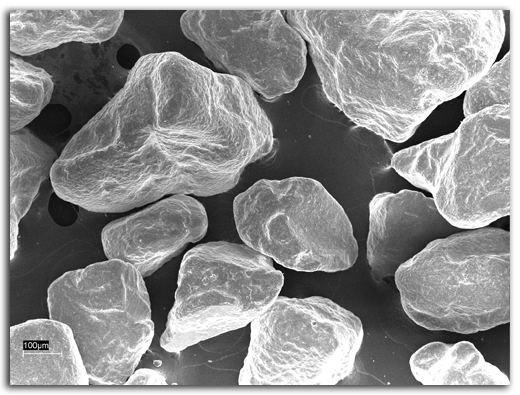Cosmic dust laboratory
Irregular mineral particles play an important role in the radiative balance of planetary and minor bodies atmospheres in the Solar System. These mineral particles seem to occur with a broad range of shapes and to be distributed in size from the sub-micron region up to millimeters. The scattering properties of this kind of dust particles are an important diagnostic tool which contains essential information about the nature of the grains.
The IAA Cosmic Dust Laboratory is devoted to experimentally studying the angle dependence of the scattering matrices of dust samples of astrophysical interest. We are especially interested in mineral dust particles that are potential candidates for being present in the planetary and cometary atmospheres of the Solar System (e.g. olivines, pyroxenes, calcite, carbon, etc). Moreover, there is great interest in measuring aerosol samples that can affect the radiative balance of the Earth's atmosphere such as desert dust, volcanic ashes, and carbon soot. The experimental data are available in tabular form in the Amsterdam-Granada Light Scattering Database. In the database you can also find a detailed description of the experimental apparatus and a summary of the main concepts of light scattering.
